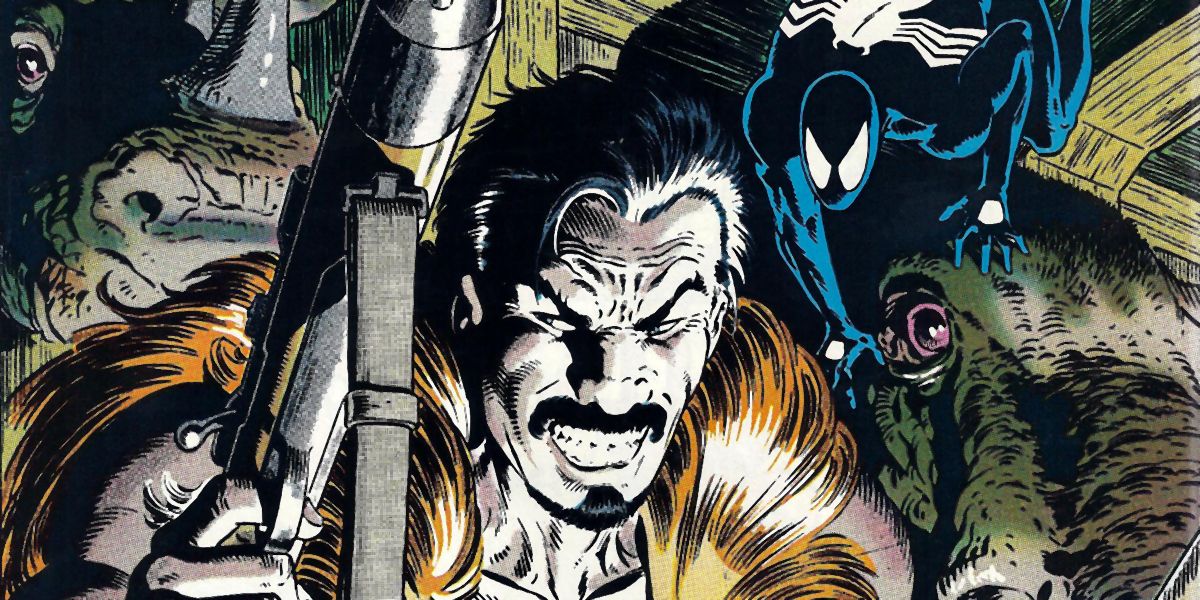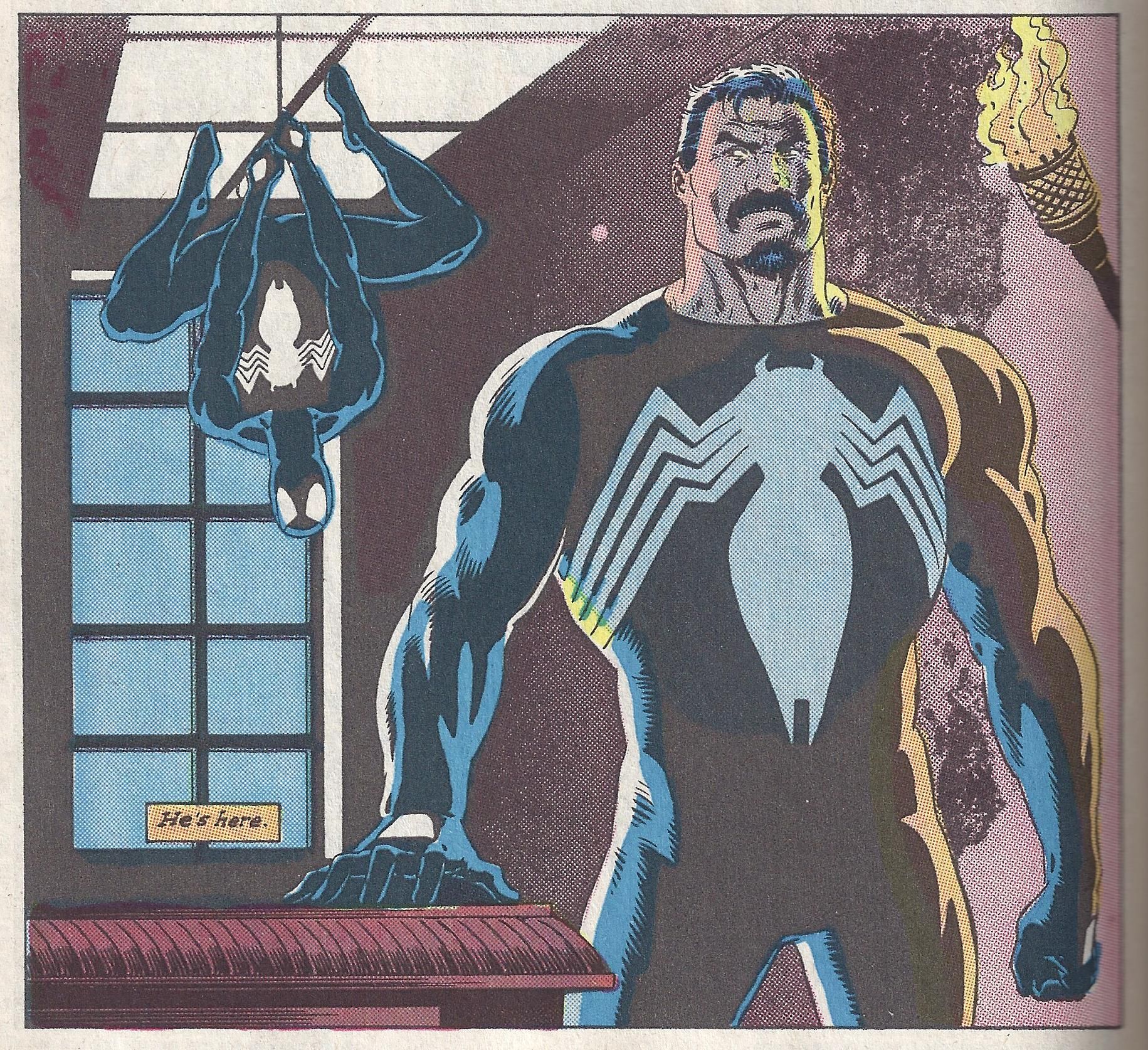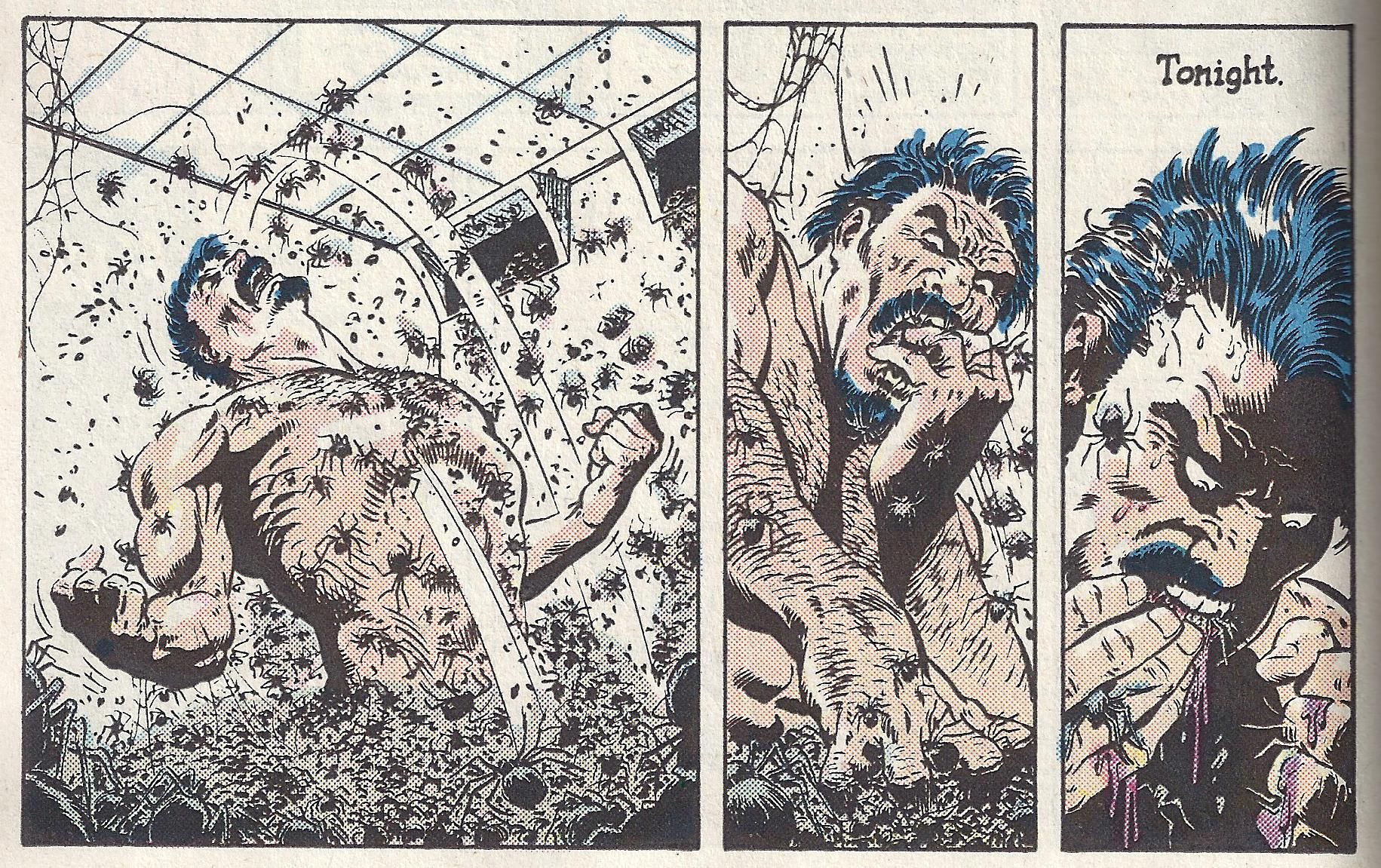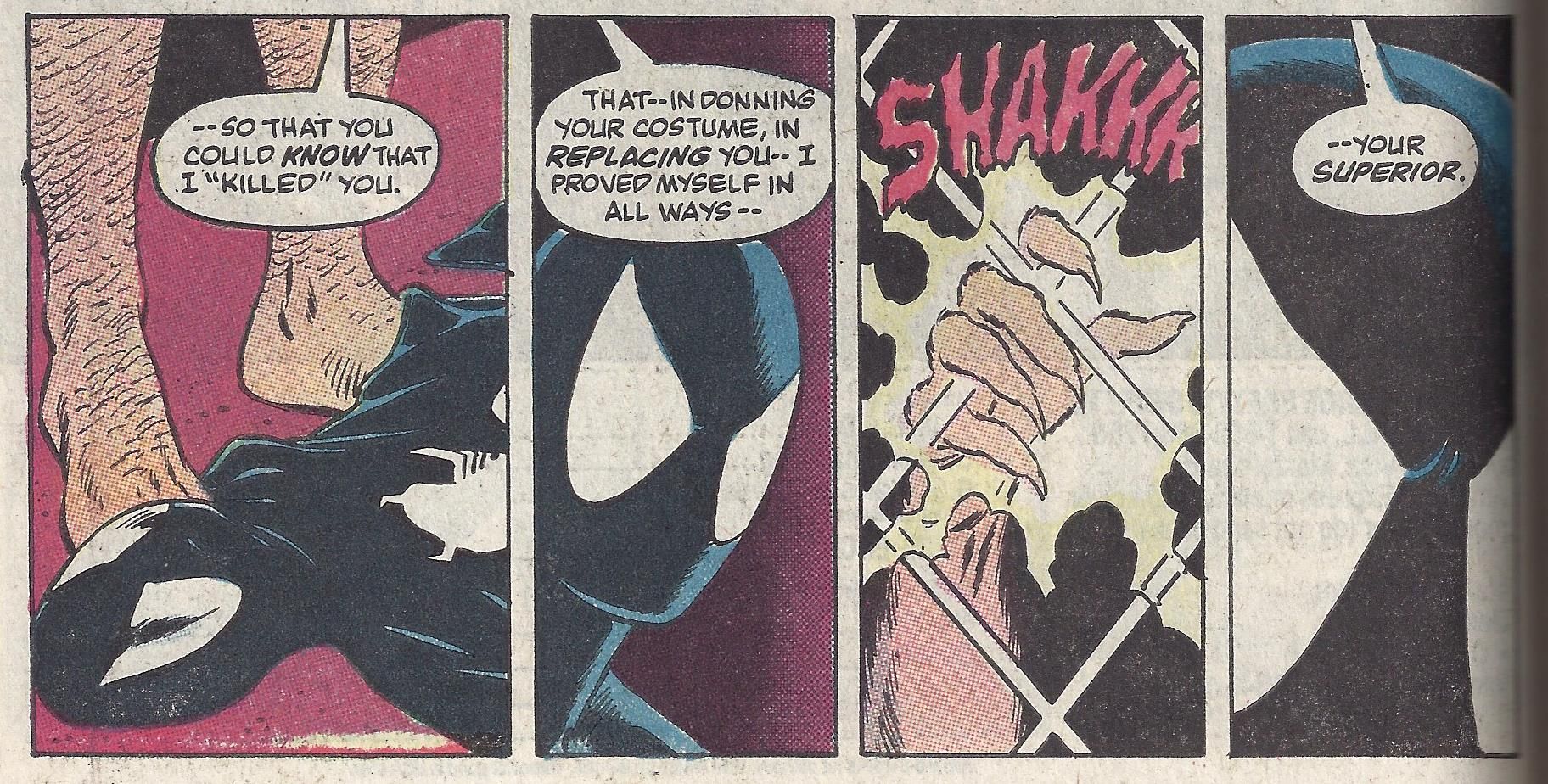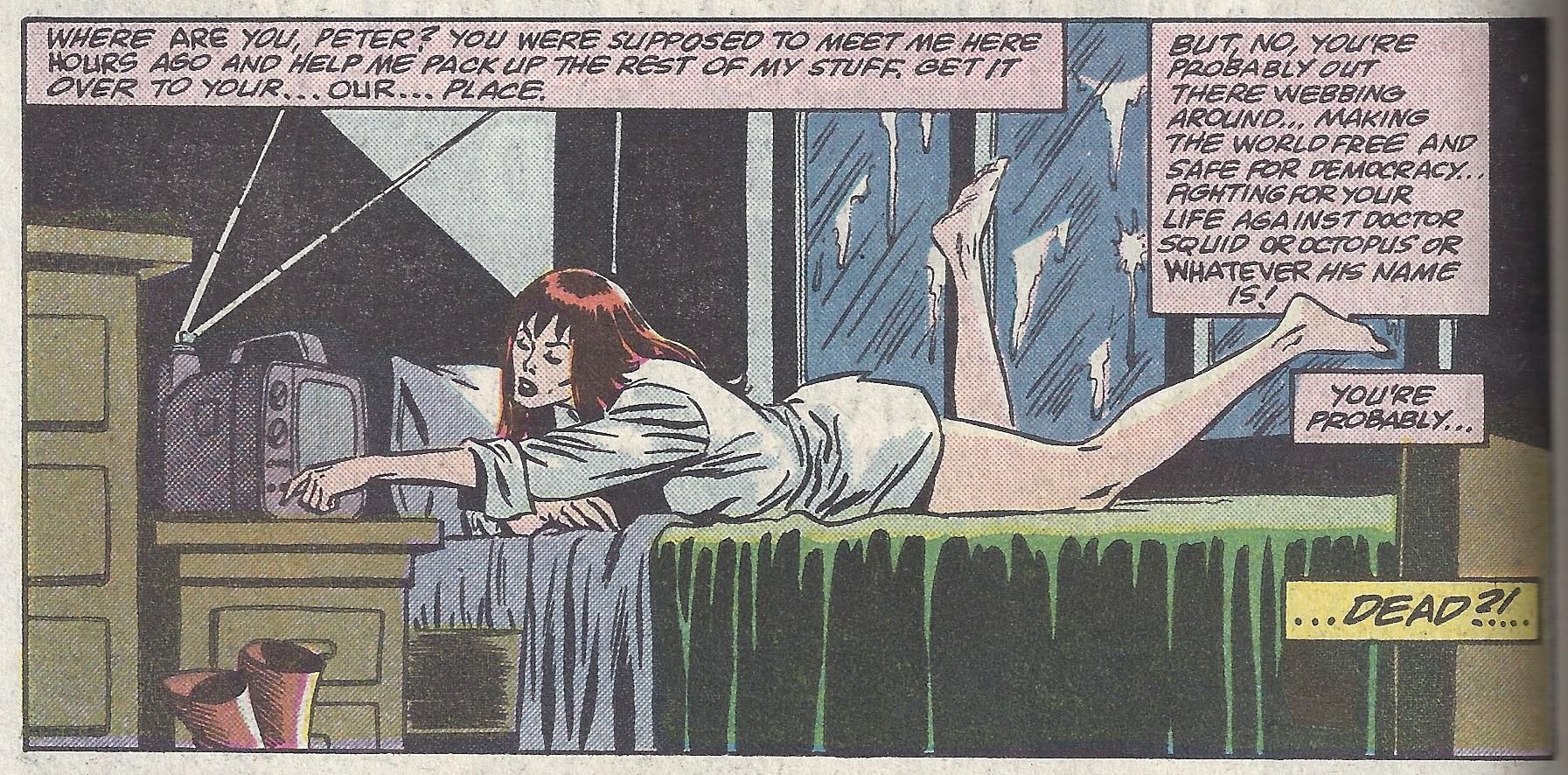It was nearly 30 years ago that Marvel Comics published the most atypical Spider-Man story of its time, and possibly in the character's history. "Kraven's Last Hunt," as it's come to be known, was originally a six-part storyline in 1987 by J.M. DeMatteis and Mike Zeck that spanned the three ongoing Spider-Man titles -- Web of Spider-Man, The Amazing Spider-Man and The Spectacular Spider-Man -- at a time when such events were a relatively rare occurrence.
RELATED: Tom Holland Wants Kraven or Spider-Girl in Spider-Man: Homecoming 2
The story was an uncharacteristically dark tome that took fandom by surprise by way of its somber atmosphere and expanded storytelling method, and culminated in what genuinely seemed to be the demise of one of Spider-Man's most recognizable villains. Along the way, though, was an epic sendoff that made for one of the more unconventional and best remembered tales to come out of the mainstream Spider-Man comics, and one that served as a kind of forerunner to not only future Spider-Man storylines, but to storytelling methods that are common across the industry today.
Kraven The Hunter's appearances had become infrequent within the pages of the Spider-Man titles – The Amazing Spider-Man had just concluded a long-running arc centered around the identity of the Hobgoblin, and was on the eve of introducing the alien symbiote Venom, who has since become one of Spider-Man's most notorious foes. Kraven had long since been overshadowed and become the neglected stepchild of the wall-crawler's rogues gallery, so there was no better time for the character to go on his last hunt. The arc has long been considered Marvel Comics' answer to DC Comics' Batman: The Dark Knight Returns, from the previous year, with Marvel likewise taking its own iconic heroic down a darker path of his own.
Where Have All the Thought Balloons Gone?
Beyond existing as a memorable example of one of the industry's early forays into darker storylines, "Kraven's Last Hunt" also popularized several other industry practices that are now commonplace. For one, its popularity generated demand that the story remain in print, and in a collected edition, eventually becoming one of the more anticipated collections upon the advent of the trade paperback market. Ironically, the story wasn't even officially called "Kraven's Last Hunt" until it was collected, and the title was never used or mentioned in DeMatteis' original story.
If one were to make an elevator pitch for this story – Kraven defeats Spider-Man and assumes his role as part of his final hunt – it doesn't necessarily sound like one that would require six issues to tell. Had DeMatteis taken a more straightforward, less atmospheric approach, it likely would not have, but a large part of the draw was the wall-to-wall mood that he infused into the story's six chapters. In between the storytelling fundamentals, DeMatteis and Zeck added an extensive amount of prototypical dark and stormy nights, mind-altered self-monologues, and rampant symbolism. Some felt that these elements were applied in excess, but the deliberately throttled-back pace is evocative of the decompressed storytelling methods commonly applied to multi-part story arcs published today.
The story was also an early example of thoughts balloons – once the sole method of first-person self-narrative in comics – giving way to genuine first-person narration. While practically a staple of comic storytelling nowadays, the shift away from thought balloons 30 years ago made comic stories seem more "mature," or so was the perceived intention. And "Kraven's Last Hunt" – even with its benign Comics Code Authority approval stamp – most definitely was a more mature, i.e. darker, Spider-Man story, or at least more mature than a typical Spider-Man comic. The switch was complemented by letterer Rick Parker's usage of lower-case letters and alternate fonts to discern differing character narratives – in a pre-computer age, no less – a methodology commonly used in most modern-day computer-lettered comic books.
A Superior Spider-Man – in 1987
DeMatteis and Zeck's story was not only a precursor to the flavor of comic book storytelling today, but also foreshadowed aspects of future Spider-Man storylines, including some that were published relatively recently. Kraven's dispatching of Spider-Man, temporarily removing Peter Parker from the playing field and then subsequently taking over his identity, reminds readers that Otto Octavius, aka the self-proclaimed Superior Spider-Man, wasn't the first of Spider-Man's foes to mastermind a theft of his role. Kraven, in fact, has nearly the exact same motives, and even refers to himself as Spidey's superior during the storyline. Like Octavius in Dan Slott's Superior Spider-Man, Kraven ultimately allows Peter to reclaim the role.
DeMatteis' story also heavily relies on the notion that the spider serves as a symbol or a totem – a key element to a story that has been widely acclaimed over the decades. This aspect evokes a similar approach taken by J. Michael Straczynski nearly two decades later during his storyline known as "The Other" – a story arc that, unlike "Kraven," was widely maligned, in large part due to the changes Straczynski made to the nature of Spider-Man's powers. Ironically, the totem aspect of Straczynski's storyline has remained an integral part of Spider-Man continuity thanks to "Spider-Verse," while DeMatteis' story, although well-regarded, largely exists as an inert standalone.
Desperate Spider-Wife
"Kraven's Last Hunt" was also the first indicator of what later turned out to be a frequent problem in the Spider-Man comics: just what do to with a married Mary Jane Watson, now Parker. Forgotten in history is that the beginning of "Last Hunt" was published the month before Mary Jane and Peter got married in The Amazing Spider-Man Annual #21, although the word had already gotten out, and their pending nuptials were highly anticipated. Peter Parker's first adventure as a married Spider-Man, therefore, was his seeming death, while an unknowing MJ sat alone at home, worried out of her mind. What a honeymoon; the newly married couple probably hadn't even opened all their wedding gifts yet.
Over the course of future storylines, Mary Jane would come to spend a lot of time at home agonizing while her husband was out web-swinging, until future writers eventually got a somewhat-better handle on fun-loving MJ being a married woman. But for a while, MJ wasn't given much else to do, and portraying her as a lonesome wife in her first appearance as Mrs. Watson-Parker didn't exactly bode well for the future of their marriage.
"Kraven's Last Hunt" is largely remembered for its acclaim as a darker, offbeat storyline – and probably the story best suited to Spider-Man's then-still controversial black costume. Its impact on the industry, though, tends to be overshadowed by other stories of its time, like The Dark Knight Returns and Watchmen, and its foretelling of later Spider-Man storylines has been all but forgotten. Still, it forged a path that has subsequently been followed by others.

